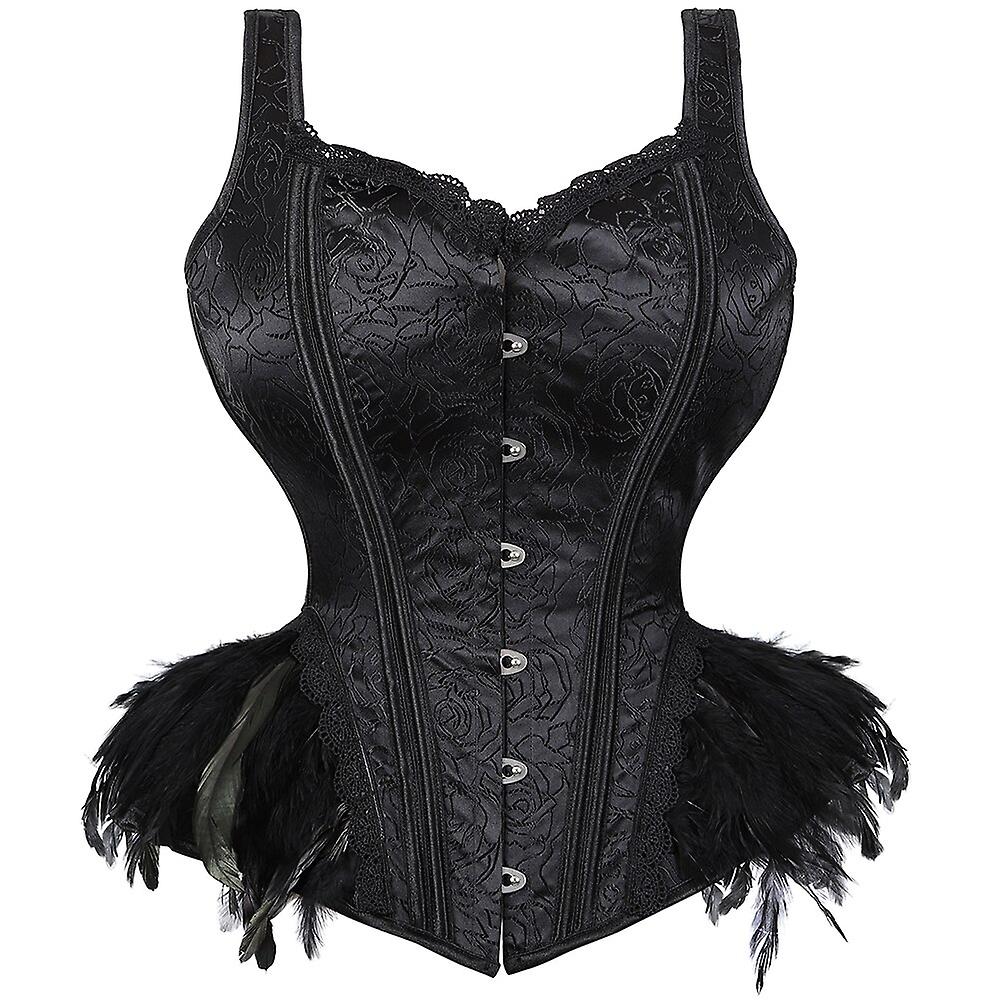Corsets have been a staple in fashion for centuries and have evolved over time to become a statement piece that can add an element of sexiness and sophistication to any outfit. From their origins as a piece of functional clothing to their modern-day status as a fashion icon, the history of the corset is a fascinating one.

The Origins of the Corset
The corset can be traced back to ancient Greece and Rome, where women wore a type of bodice or girdle to shape and accentuate their natural curves. However, it wasn’t until the 16th century that the corset as we know it today became popular in Europe, particularly in France and England.
Initially, corsets were worn primarily for functional purposes, such as providing support for the back and improving posture. They were also used to create a smooth silhouette under clothing and to enhance a woman’s natural curves.
The Evolution of the Corset in Fashion
During the 18th and 19th centuries, the corset became an essential part of women’s fashion. It was worn by women of all classes, from royalty to commoners, and was seen as a symbol of femininity and beauty. Corsets were often made from luxurious fabrics such as silk, satin, and velvet, and were adorned with intricate embroidery and lace.
During the Victorian era, corsets became even more elaborate and ornate, with women wearing them to achieve the coveted hourglass figure. The corset was also seen as a sign of social status, with women from wealthy families wearing the most elaborate and expensive styles.
However, the corset also came under criticism during this time for its negative impact on women’s health. Some doctors claimed that tight lacing could cause a variety of health problems, including damage to internal organs and breathing difficulties.
The Rise and Fall of the Corset
In the early 20th century, the corset began to fall out of fashion as women’s clothing became more relaxed and practical. The feminist movement of the 1960s and 1970s also criticized the corset for being a symbol of patriarchal oppression and conformity.
However, the corset experienced a revival in the 1980s and 1990s during the era of Madonna and the rise of the punk and goth subcultures. Corsets were often worn as outerwear, with women pairing them with leather jackets, fishnet stockings, and platform boots.
Today, the corset is still a popular fashion item, with designers such as Jean Paul Gaultier, Alexander McQueen, and Dolce & Gabbana incorporating it into their collections. However, the corset has also been adapted to suit modern sensibilities, with designers creating more comfortable and flexible styles that are suitable for everyday wear.
The Future of the Corset in Fashion
The corset is a piece of fashion that has stood the test of time. From its origins as a functional piece of clothing to its modern-day status as a fashion icon, the corset has evolved over time to become a symbol of femininity, beauty, and power.
As fashion continues to evolve, it’s likely that the corset will continue to be a part of it. Whether worn for functional or aesthetic purposes, the corset is a versatile and timeless piece that will always have a place in fashion.
In conclusion, the history of the corset is a rich and fascinating one that spans centuries and continents. From ancient Greece to modern-day fashion runways, the corset has evolved to become a symbol of beauty, power, and femininity. Whether worn for function or fashion, the corset will always remain a beloved and enduring piece of clothing.